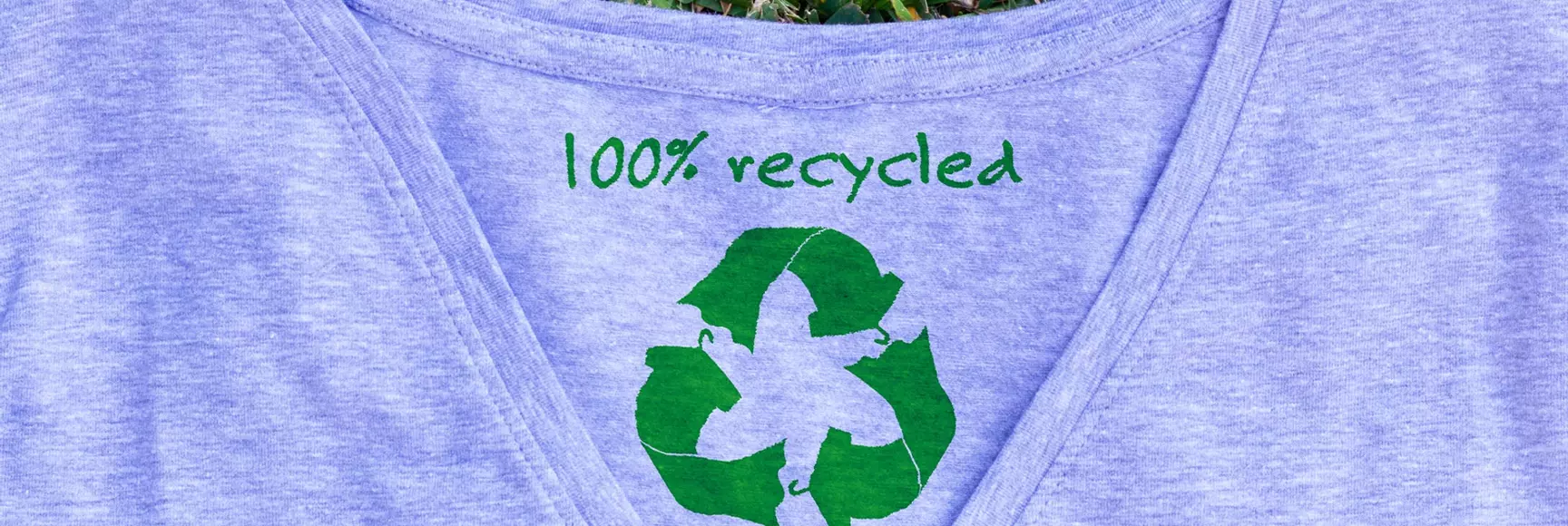The LYCRA Company is hosting a series of global panel discussions with apparel industry experts on critical sustainability issues facing the sector. Today, we examine the industry’s waste problem and reveal the results of a mini brand/retail survey. Previous topics can be found on our Sustainability Thought Leadership page.
We’ve all heard the estimate that approximately 85% of clothing eventually ends up in landfills—the equivalent of about one garbage truck per second. 1In addition, today’s consumers are purchasing more clothing than ever before. At current rates, and with projected population growth, resource consumption is set to triple by 2050. To support this level of consumption, we would need nearly three times the resources we’re using today, and the earth simply can’t accommodate that. 2Our current means of production and consumption are not sustainable.
So, what do we do about it? We posed this and other questions to our panel and their feedback was clear: Truly sustainable innovation in the apparel industry requires holistic, end-to-end approaches. While the industry is making progress in certain areas—fiber recycling and garment re-use, for example—still less than one percent of garments are recycled back into apparel at end of life.
“True innovation is not only about working on more environmentally-friendly materials, but also prioritizing quality before quantity to ensure the whole cycle from production to consumer has less of an environmental impact,” stated Jahwanna Berglund, Fashion Editor at Odlaisque Magazine.
Panelists agreed that the industry must overcome challenges and innovate to make transformative change when it comes to sustainability, but it can't do it alone. Consumers must play a critical role.
Changing Consumer Behavior
The experts agree that changing consumer behavior is difficult, but some suggest brands and retailers can lead on sustainability education and offer more sustainable fashion.
“The bigger issue is the over consumption created by fast fashion,” said Dawn Houghton, innovation consultant at Dawn of Innovation. “People buy more, wear it less often, and ultimately the majority is burned or buried."
Meri Lundahl, chief sustainability officer at Teraloop Oy explained, “Mostly, innovations address new materials, but there is little true progress towards slowing down the pace of fashion. High-quality, durable, and sustainable materials remain something that a certain group of consumers appreciates, but a large bulk of consumers still buy fast fashion. This needs to be addressed to achieve true sustainability—or new innovations are needed to make fast fashion sustainable.”
Sustainability Survey Results
We asked the panelists what they thought would make a bigger impact on sustainability in the industry: accept lower profits now to absorb the cost of sustainable materials, or start investing now to develop new materials, better processes and innovative solutions. Investing now earned 75 percent of the votes.
In addition to our panelists, we also reached out to a group of leading brands and retailers. We asked how impactful they believed recycled fibers will be in reducing the industry’s carbon footprint. Over 25 percent felt it could be somewhat impactful, 36.7 percent felt recycled fiber would make a meaningful impact, and 36.7 percent felt it would be highly impactful.
When asked whether using recycled materials from within or outside the industry would be more impactful, 40 percent voted for waste from the apparel industry, and 26.7 percent voted for waste from outside the industry. ‘It makes no difference” earned 16.7 percent of the vote, while 16.7 percent said they were not sure.
Help Reduce Waste Now
Last year The LYCRA Company introduced COOLMAX® and THERMOLITE® EcoMade fibers made from 100% textile waste to begin using waste from our own industry. These fibers are made from cutting room scraps that get collected, de-polymerized, made into chips and finally, new fibers, setting the stage for circularity. Eventually, The LYCRA Company hopes to take back garments to close its own loop. For now, taking back pre-consumer waste is a step in the right direction.
Visit Keep in the loop with LYCRA to discover the company’s latest sustainability advancements.
Sources: 1McKinsey and Company, 2017. 2OECD: Fisher-Kowalski, 2017.
LYCRA®, COOLMAX® and THERMOLITE® are trademarks of The LYCRA Company.
Contact
-
The LYCRA Company
Jean Hegedus
Sustainability Director - 美国
